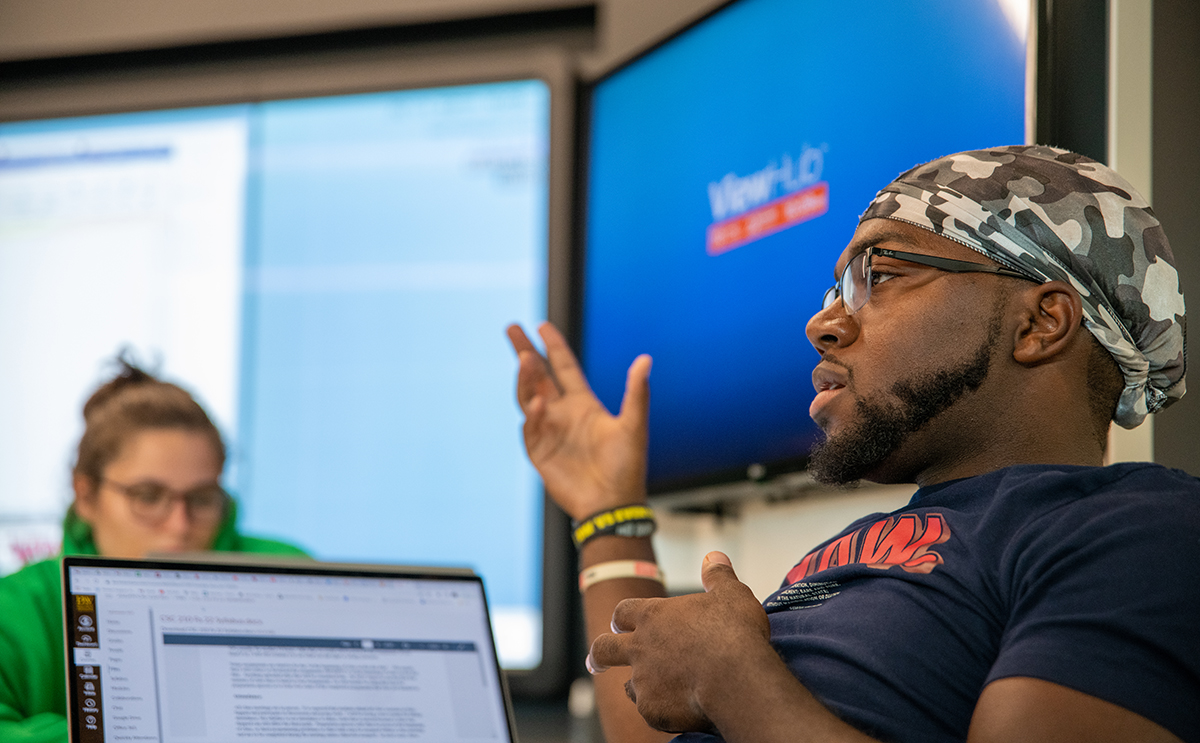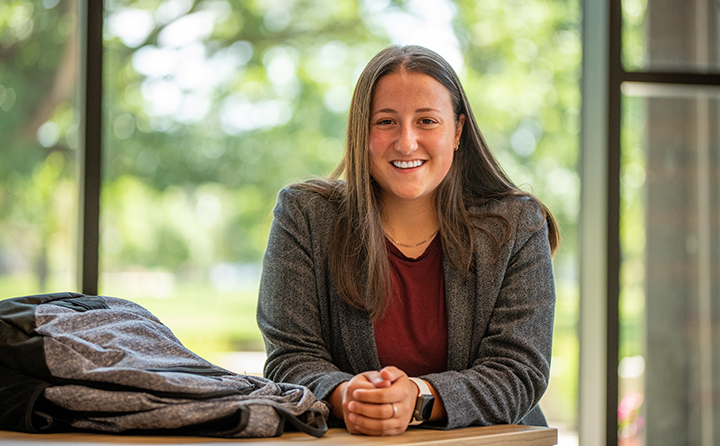The University and partner schools earned a $2 million National Science Foundation grant to fund the project, which will emphasize support for women and historically underrepresented minority students.

With National Science Foundation (NSF) funding, Baldwin Wallace University is leading a group of 15 Ohio colleges and universities aiming to recruit and graduate more students in computer science and related computational fields.
The $2 million NSF grant supports the five-year "Ohio Pathways to Undergraduate Computing Success" project that aims to beef up the state's capacity to fill the growing employer need.
The project is designed to strengthen connections between public community colleges and the state's independent colleges and universities and support underrepresented students entering the field.
The consortium includes nine four-year and six two-year institutions, led by BW computer science chair Dr. Andrew Watkins.
Project goals include the establishment of a shared set of two-year degree requirements and coursework that makes it easy for students to move from an associate's to a bachelor's degree program without losing transfer credits or adding time needed to complete a four-year program.
Each school will also recruit industrial partners to take part in an advisory board that will provide input on the skills and abilities that are most in demand and provide access to job shadowing and internship experiences.
Already, BW has confirmed a number of businesses to serve in this capacity, including Monreal, necoTech, Qwickly, Westfield Insurance, Willow Tree LLC and Schmidt Security/Schmidt Fire.

Consortium members have also agreed to develop and offer support for women and minority students who are woefully underrepresented in the computing fields.
"We believe that creating and nurturing a familiar student organization for women in computing at as many member campuses as possible will build strong networking and support for our female undergrads," explains BW software engineering professor Dr. Rachelle Hippler.
While BW already has an established Association for Computing Machinery's Council on Women in Computing (ACM-W) chapter, the project aims to provide that social/professional support network at three-quarters of member institutions, as well as placing more women in internship opportunities with industrial partners.
Other strategies for increasing enrollment include faculty development, advisor workshops, training and recruitment materials for admission counselors.
"Rachelle and I will also study the effectiveness of all the tactics the consortiums deploy to determine which are most effective at successfully launching more women into the field," Watkins adds.